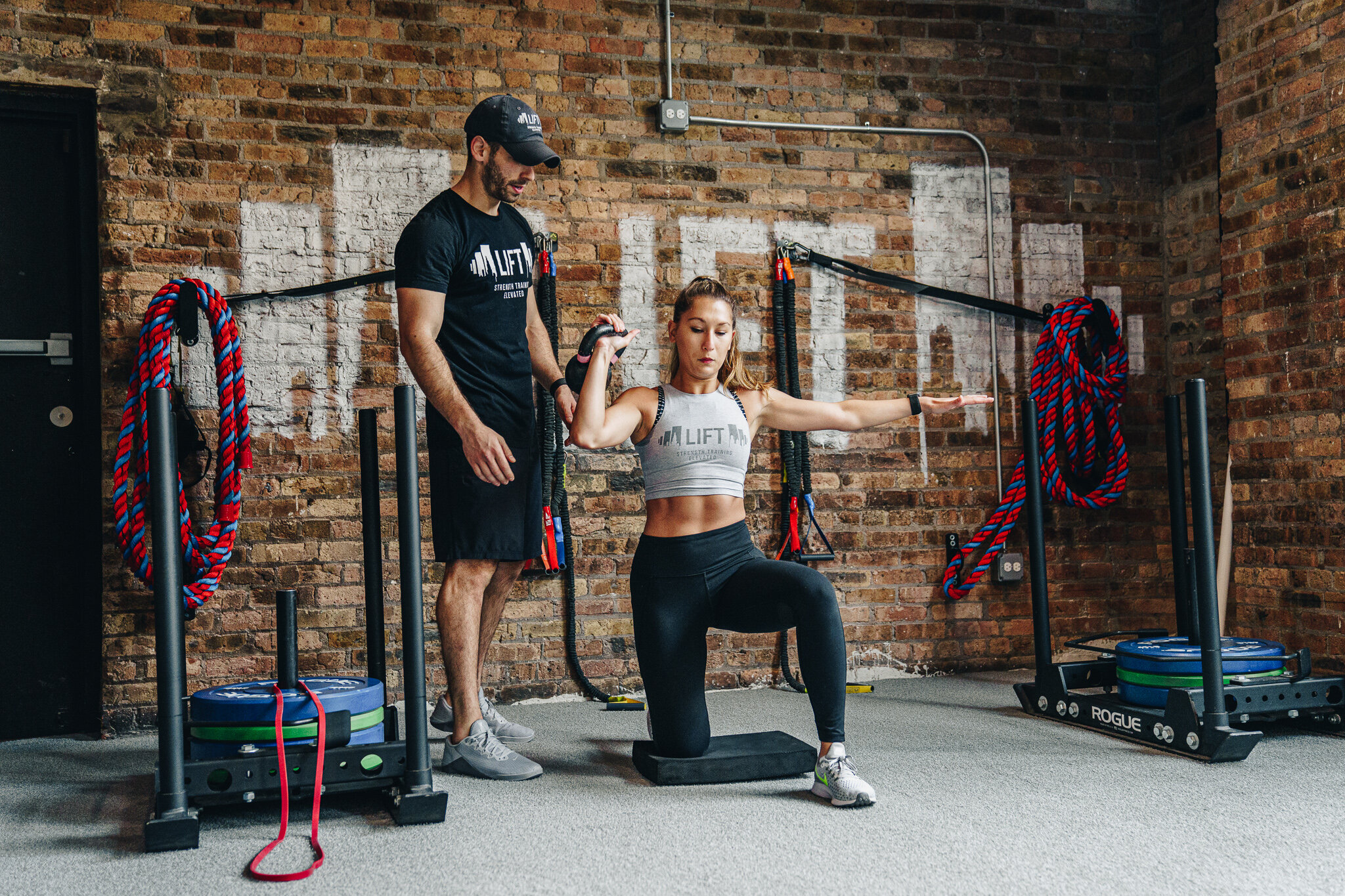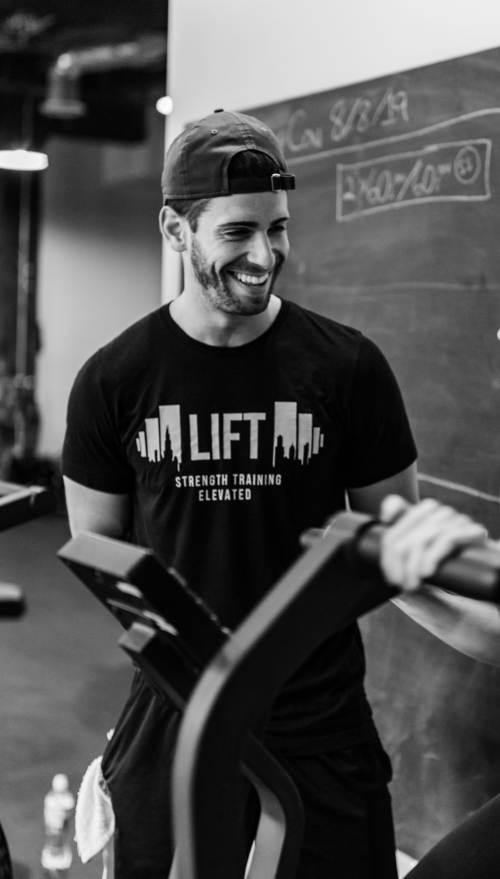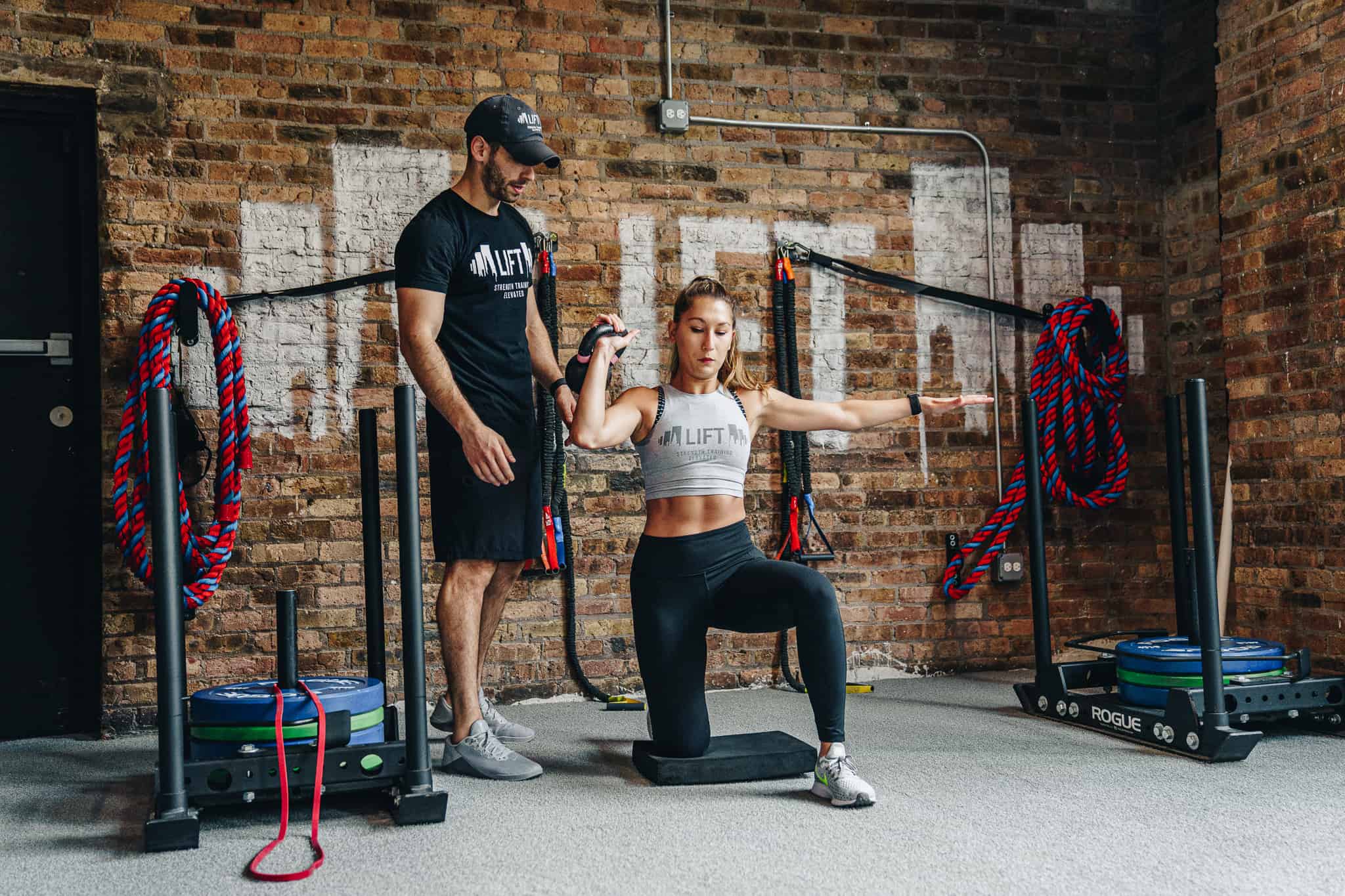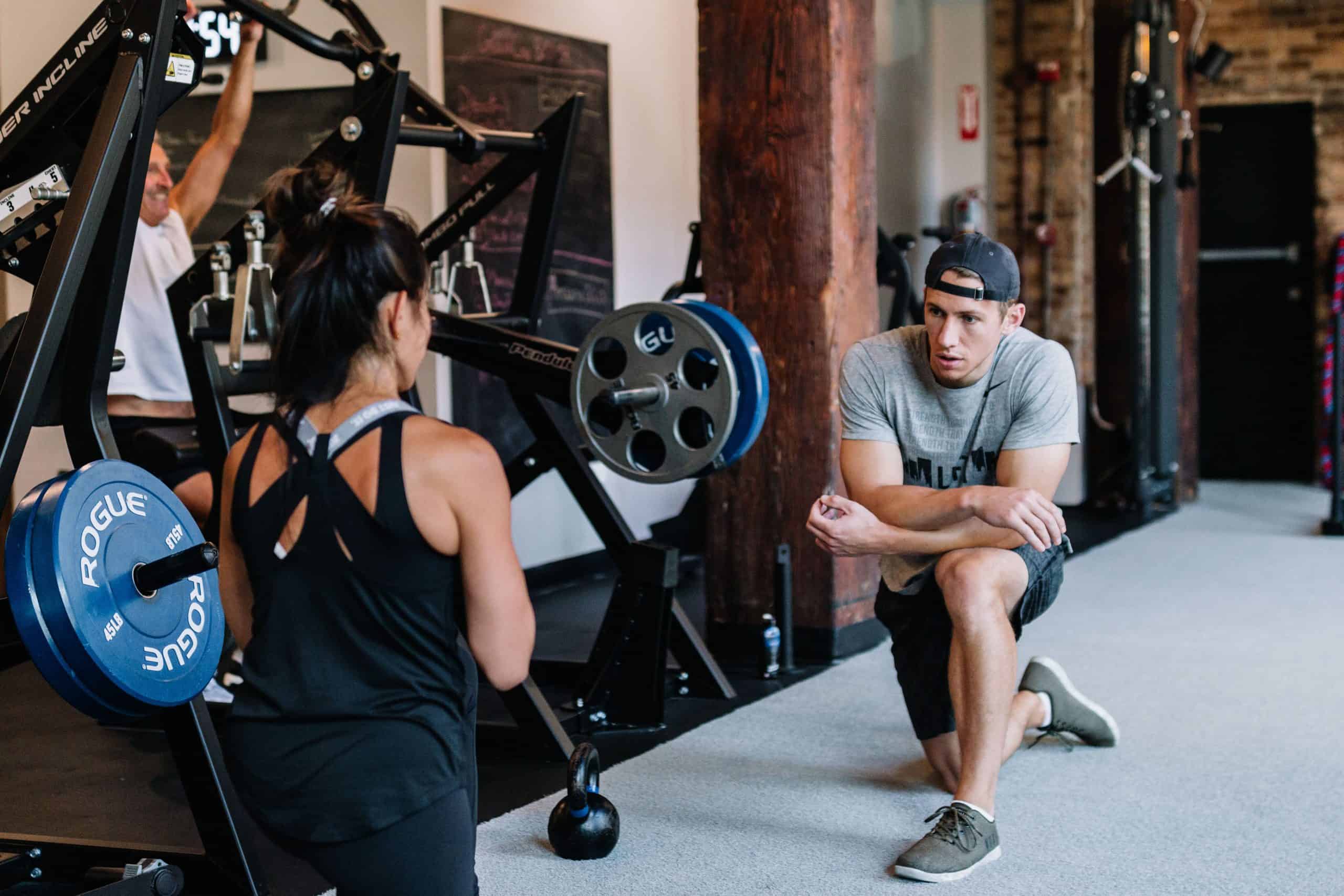By: Jared Blincow CSCS, FRC, Coach at LIFT Chicago
How many times have you heard that if you’re leaving reps on the table and not training to failure then you’re missing out on some serious gains? What if I told you there was an alternative approach that was just as effective, allowed for greater recovery, higher quality reps, and still yielded the same results?

I’m not saying there isn’t a time and place where training to failure fits into a well-designed program (I’ve been known to rep out bicep curls until I can’t lift my arms the next every now and then) but if you’re consistently taking every single exercise you do to failure day in and day out then it might be time to reconsider your training habits. Here’s a few reasons why training to failure isn’t always the optimal option:
-
Training to failure has a much higher metabolic fatiguing effect than sub-maximal training (duh). If you’re taking your very first set to failure this will impact every other set you do that training session. Instead of being able to hit three consistent sets of 135 for 8 on bench press, you might only be able to go 135 for 10, 135 for 7, and 135 for 5, ultimately ending up with a lower total workload than if you left 1 or 2 reps in the tank for each set.
-
Training to failure too often won’t allow your body to fully recover between training sessions. There’s a time and place to push the limits in the weight room, but if you are doing it every training session for weeks at a time you’re hurting you progress. You’re not allowing your body to fully recover for the next training session and potentially setting yourself up for injury or over training.
-
Training to muscle failure and training to technical failure are two different things. Typically, when training to muscular failure the last few reps are “cheated” reps done with poor form and could potentially do more harm than good. Training to technical failure still forces us to work hard and push ourselves but keeps a few reps in reserve. This ensures we are moving efficiently and using the actual parts of the body we are trying to recruit. Taking a set of bicep curls to muscular fatigue and using a little body english to finish out the last few reps isn’t the worst thing in the world, but pushing a compound movement like the squat to absolute failure could be especially detrimental and put the body in a compromising position to squeak out those last couple reps.
-
Trained lifters who train consistently are able to recruit muscle groups more efficiently and don’t necessarily need to train to absolute failure in order to optimally fatigue the muscles. One adaptation of consistent weight training is an increase in neuromuscular coordination and greater motor unit control, creating greater muscle tension earlier in sets.
-
Just because you aren’t training to failure doesn’t mean you aren’t working hard. I’m not saying that doing sets of 3 with a weight you can lift 15 times will get it done in the gym. However, progressively overloading movements, allowing time to recover between sessions, picking your times to push the envelope and training consistently will provide greater results than just picking up a weight and cranking out as many reps as you can do with poor form until you can’t lift your arms the next day. Quality reps and training sessions with sound programming will always outperform quantity.







